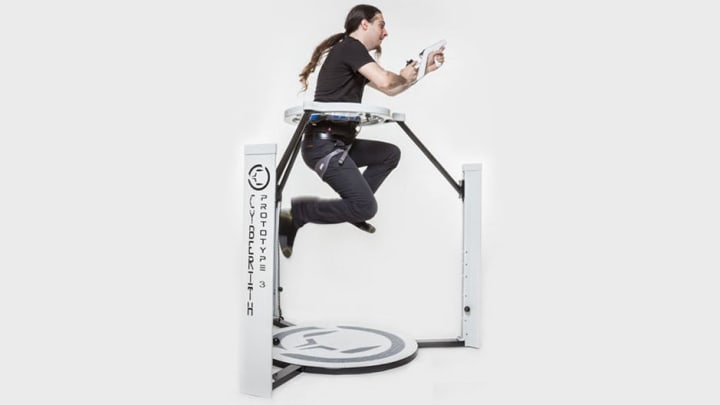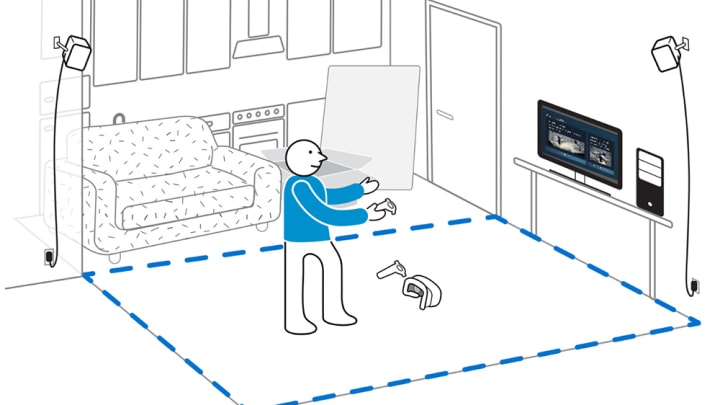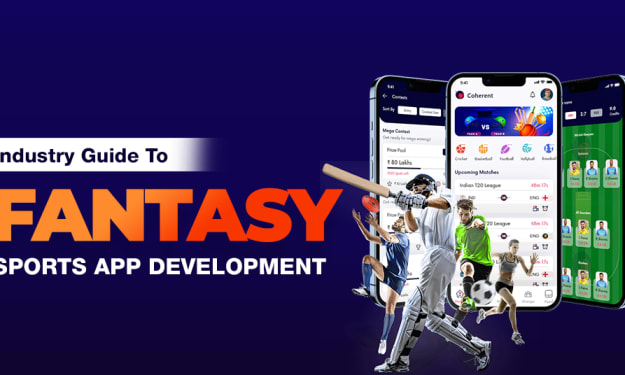How the 3dRudder Foot Motion Controller Is Changing VR Gaming
The biggest problems for VR may be solved by the 3dRudder Foot Motion Controller.
Every year, Virtual Reality tech and games edge closer and closer to widespread appeal. 2019 will bring about many new advancements in the space, like built in eye tracking, wireless headsets, and maybe even a killer app. There are still challenges yet to be solved on another front, though.
Locomotion is still one of the most widely discussed matters when it comes to the longevity of VR gaming. While it isn't hard to convince someone to try VR out for a 15 minute demo, convincing someone to play a full game in VR is a challenge. One of the primary reasons for this is motion sickness. Another problem is fatigue. There is simply no perfect way to move around in VR, akin to arrow keys or a joystick, that feels good for long periods of time and prevents motion sickness for everyone. The 3dRudder aims to provide a new approach to locomotion in VR that may be the next step we need.
What is locomotion?

Locomotion in VR deals with the many ways the player can move around in a game. The most notable forms of locomotion are perambulation, teleportation, and transportation. Perambulation is the broadest of the three, encompassing multiple methods of locomotion such as walking around the room (room scale), walking in place, climbing, and grappling. Teleportation attempts to solve the problem of movement with the ability to point at a desired location in the game, and then appear there. Some games try to use a combination of room scale and teleportation to maximize movement potential. Transportation acts as if the player is in a vehicle, and is using that vehicle to get around, thus removing the need for walking.
There are games trying to do-away with extensive locomotion altogether. Superhot VR has the player remaining stationary and only moving his or her head to dodge incoming bullets. Astro Bot is a platformer where the player controls the static game camera with the VR headset in order to look at Astro Bot, who is moved around with a controller. 2D VR arcade games like Tetris Effect are presenting a strong alternative to locomotion-based games as well.
VR can only explode into the casual gaming space if it can adapt to any genre of gaming, most notably first-person games, as they are among the most popular games each year, next to sports games. If VR is going to thrive, there must be a form of locomotion that can keep motion sickness away for long periods of uninterrupted gaming.
What is holding VR back?

We have to consider what factors will keep people from wanting to play in VR for hours at a time. The first problem is motion sickness, and if that is solved, we must also consider the problem of fatigue.
There are many theories concerning what causes VR motion sickness. The most agreed upon is the relationship between what your body is actually doing compared to what your eyes are seeing. Anyone who has been on a long road trip, reading a book, will likely know what it feels like to experience motion sickness. This feeling comes from looking at your stationary legs or body, while the sensation of moving is affecting your inner ear and brain. In VR, artificial locomotion is most commonly associated with motion sickness. Artificial locomotion applies traditional first person camera movement to the player, so pointing forward with your joystick, or pushing the forward key on your computer, will move you forward. This is unfortunate, as artificial locomotion has always been, and still remains, the most accessible means of traversal in video games. If we ignore artificial locomotion and look at perambulation, we run into another problem: fatigue.
Video gaming has always been a, more or less, stationary medium. Gamers sit and play; only occasionally, they stand by an arcade cabinet. Most video gamers, however, are not interested in running around for hours on end when they play a game. Some look at VR’s potential for facilitating exercise through constant movement while gaming. While that is possible, I don't believe this sentiment is ubiquitous within modern gaming cultures. If we are all expected to be running around on omnidirectional treadmills while playing Call of Duty, we will get tired after an hour or less and return to traditional formats of video gaming. So we cannot put all our faith in perambulation, and traditional movement is causing motion sickness. So what do we do? Solving these problems is at the core of 3dRudder’s purpose.
The 3dRudder is VR accessory that offers a new way to use your feet to control locomotion in VR. While sitting, with your feet on top of the disk, you can tilt it omnidirectionally to move, twist it to rotate, and even apply different pressure on each foot to elevate your players height. The 3dRudder is small and responsive, allowing for precise movement with practice. The device works along with an intuitive software that runs on your computer alongside whatever game you are playing.
3dRudder is currently available on PC, and can be used as a movement alternative in nearly any preexisting video game title. The tech is also usable for other VR attractions such as Google Earth and flight simulators.
Here is a system that can slow down the come-up of motion sickness without having to adapt to inconsistent forms of locomotion. By using your feet to move, your brain will receive signals of motion, albeit less intense than actual walking, that will be in line with what you are seeing. Right now, VR locomotion is filled with gameplay interrupting ideas. Teleportation leaves us stuck between movements, and makes movement itself instantaneous. Room space forces us to work within limited bounds, and freeze the game in order to turn around and continue using the room.
While VR may always be a popular 30 minute experience with any form of locomotion, it is up to the tech around VR to create an environment that can keep keep players entranced for hours. I have high hopes for 3dRudder, and the hardware that it will inspire in the coming years for virtual reality.
About the Creator
Brayden Simmons
Your run of the mill tech and gaming nerd. Anything about technology, games, or lightsabers, and I’m probably writing about it.







Comments
There are no comments for this story
Be the first to respond and start the conversation.